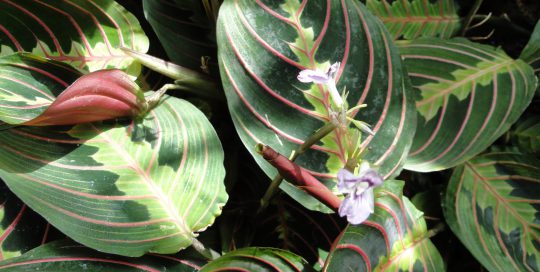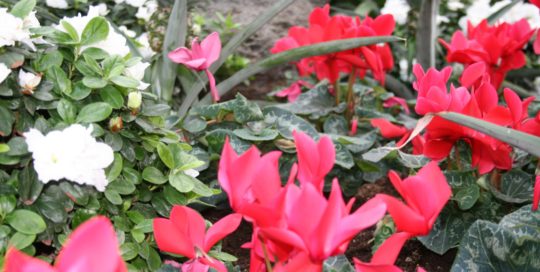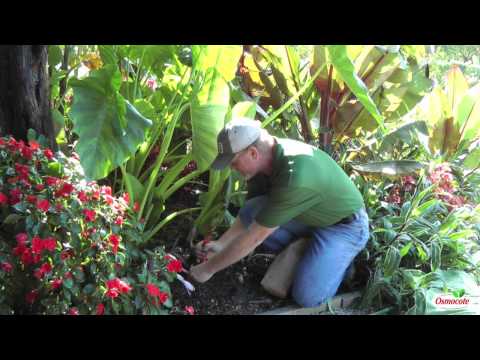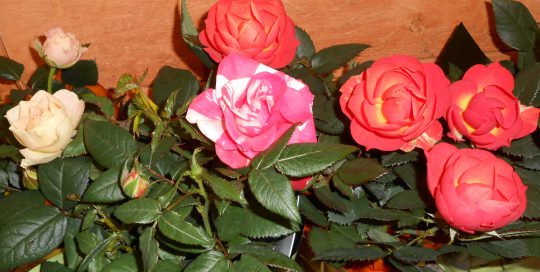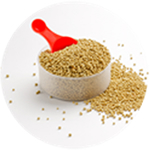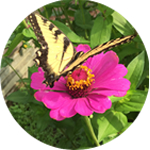Growing Cyclamen Indoors
One of the showiest plants on our kitchen windowsill is the “poor man’s orchid” or florist’s cyclamen (Cyclamen persicum). During late winter and early spring, their delicate nodding flowers—pink, red, magenta, white or purple—add an elegant touch to an otherwise drab time of year.
The flowers seem to float above green heart-shaped leaves that are marbled with silver. The plants grow six to 12 inches tall and are especially beautiful when several pots are used as one long centerpiece down a table or when they’re clustered on a kitchen counter, an island, or grouped on a coffee table.
Cyclamen (SIKE-la-men) flower in cooler commercial greenhouses beginning in September. Garden centers, big-box stores and florists generally sell them through late winter, often as holiday or gift plants. But with newer technology to cool greenhouses, I’ve found them at Easter and Mother’s Day.
There are new cyclamen varieties with fancy names to match their ruffled petals and exotic leaves, but most stores simply label plants according to the flower color—pink, white, rose, violet or red. Prices typically range from about $5 to $25 per plant based on pot and plant size. Breeders also have created new miniature cyclamen, some of which are fragrant.
Perennial Cyclamen Plants
There is a perennial cyclamen that can be grown outdoors in Zones 5 to 7—Cyclamen hederifolium—which you’ll find online and at some garden centers. Some species, such as Cyclamen coum and C. purpurascens are grown as hardy perennials from Zone 7 south. They are suited to rock gardens, shady borders and under trees. There are many other hardy varieties for milder climates.
When growing cyclamen as perennials, provide them with good garden loam that drains quickly. They are sensitive to excessive summer moisture because that is when they are typically dormant.
All of the cyclamen’s plant parts are said to cause severe discomfort if ingested, so keep plants and tubers away from children and pets.

